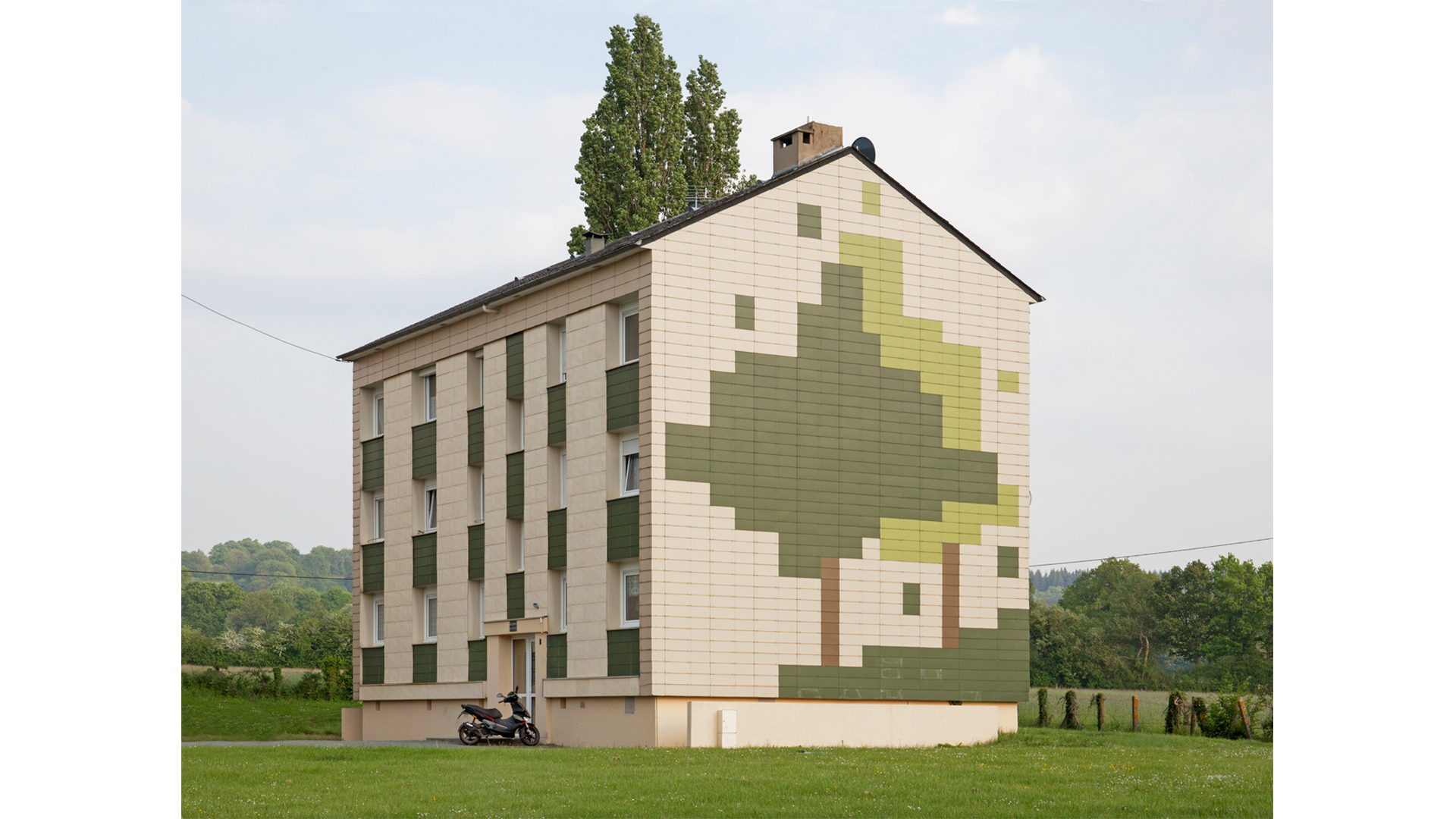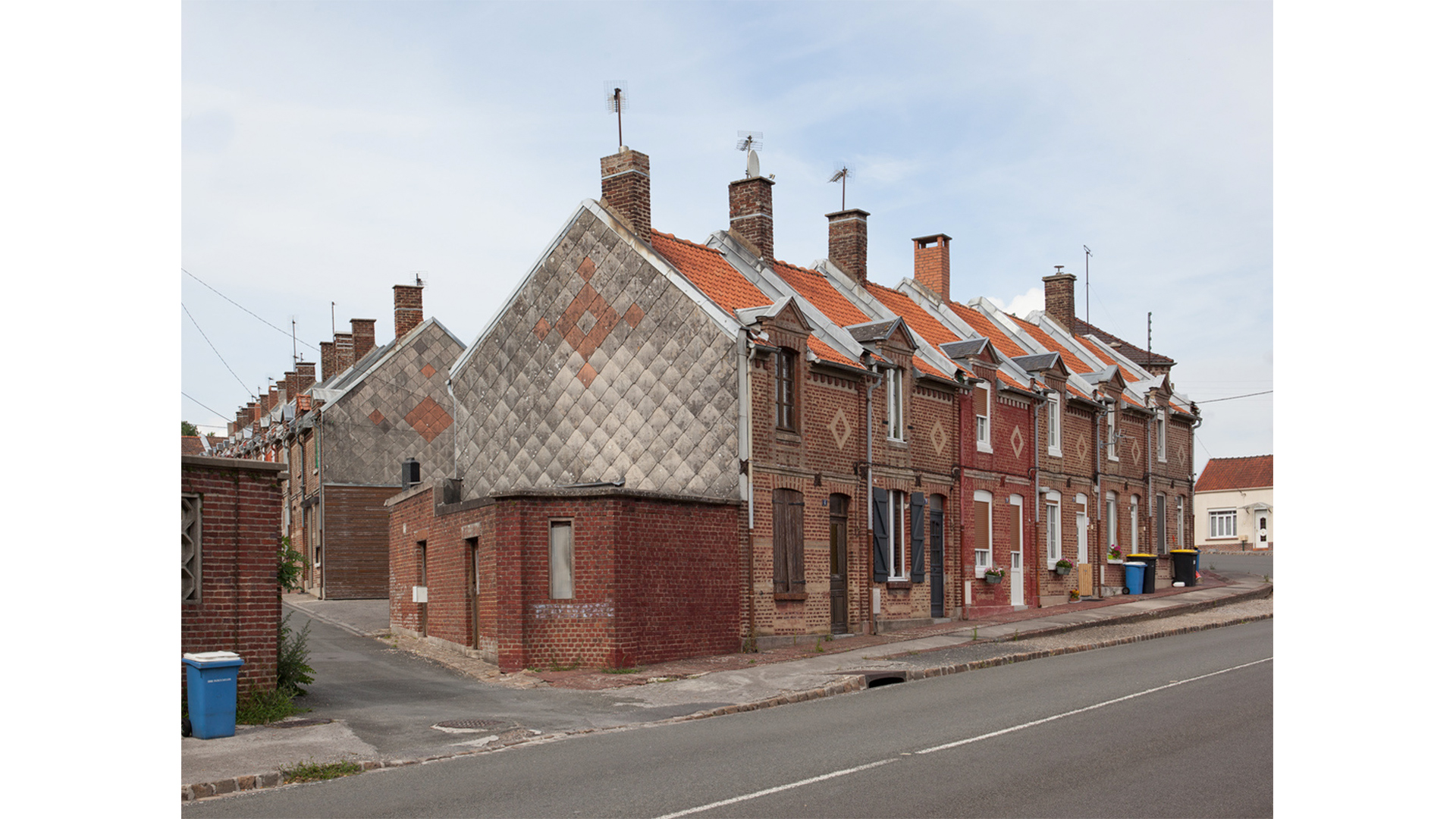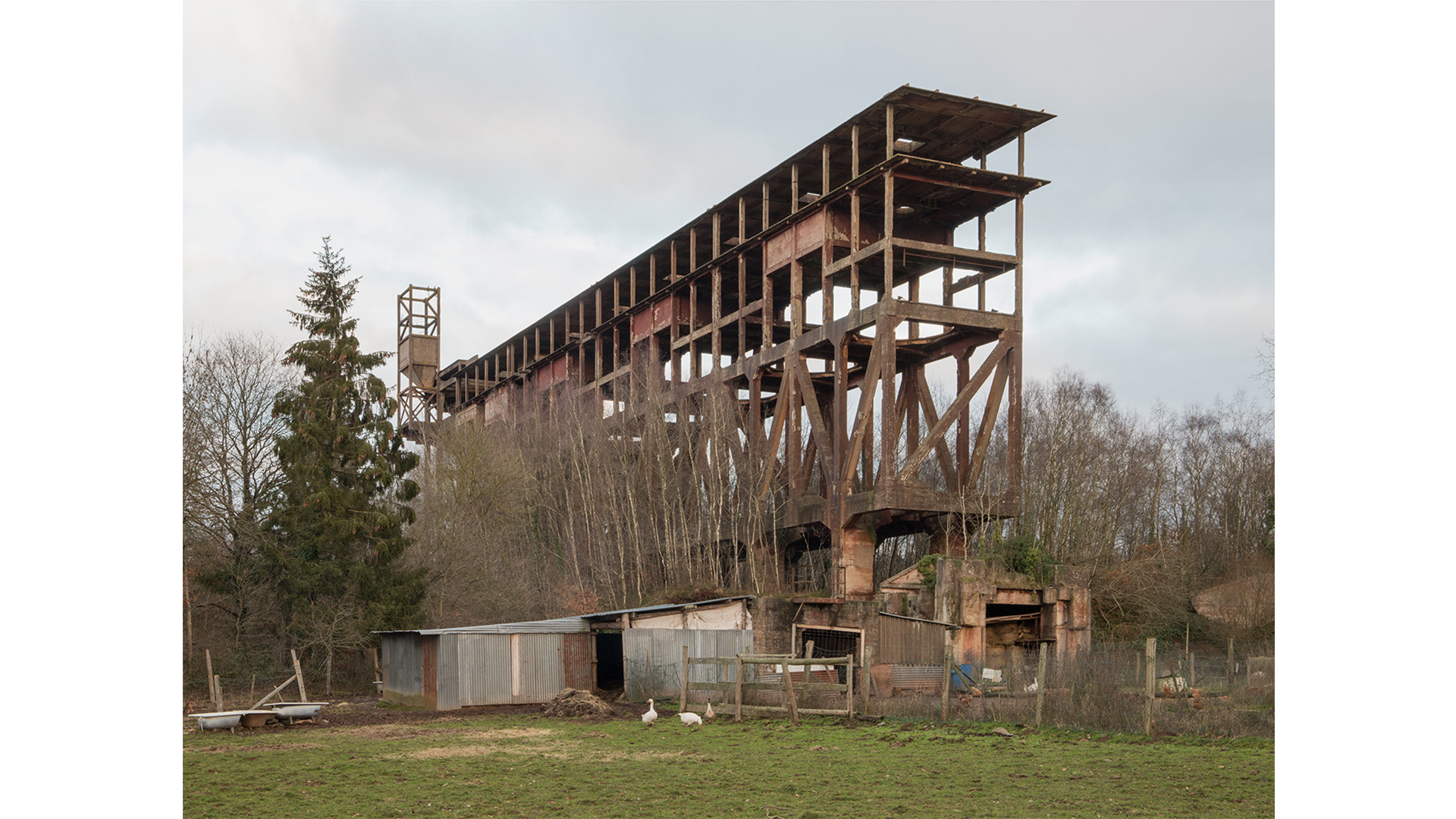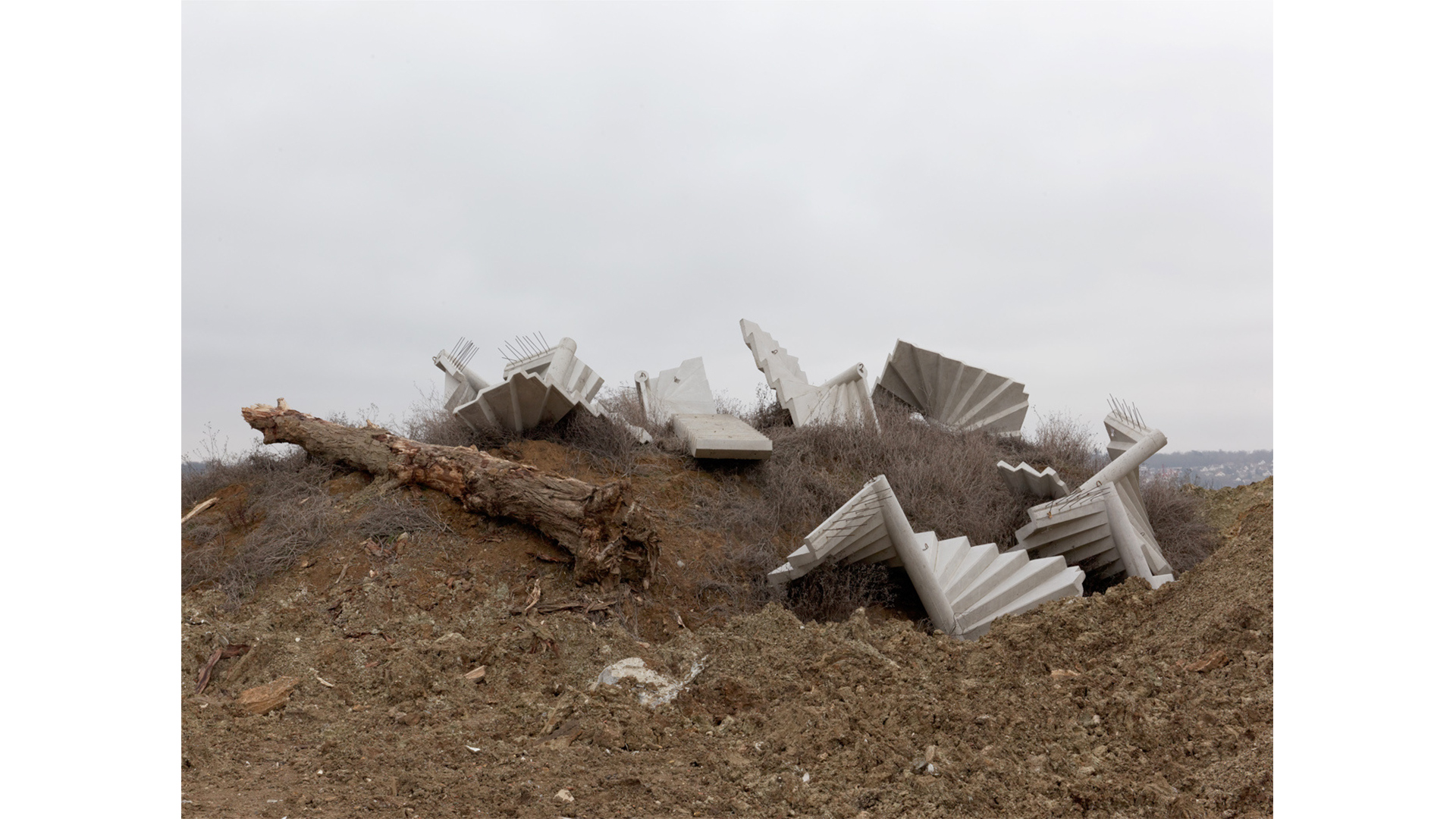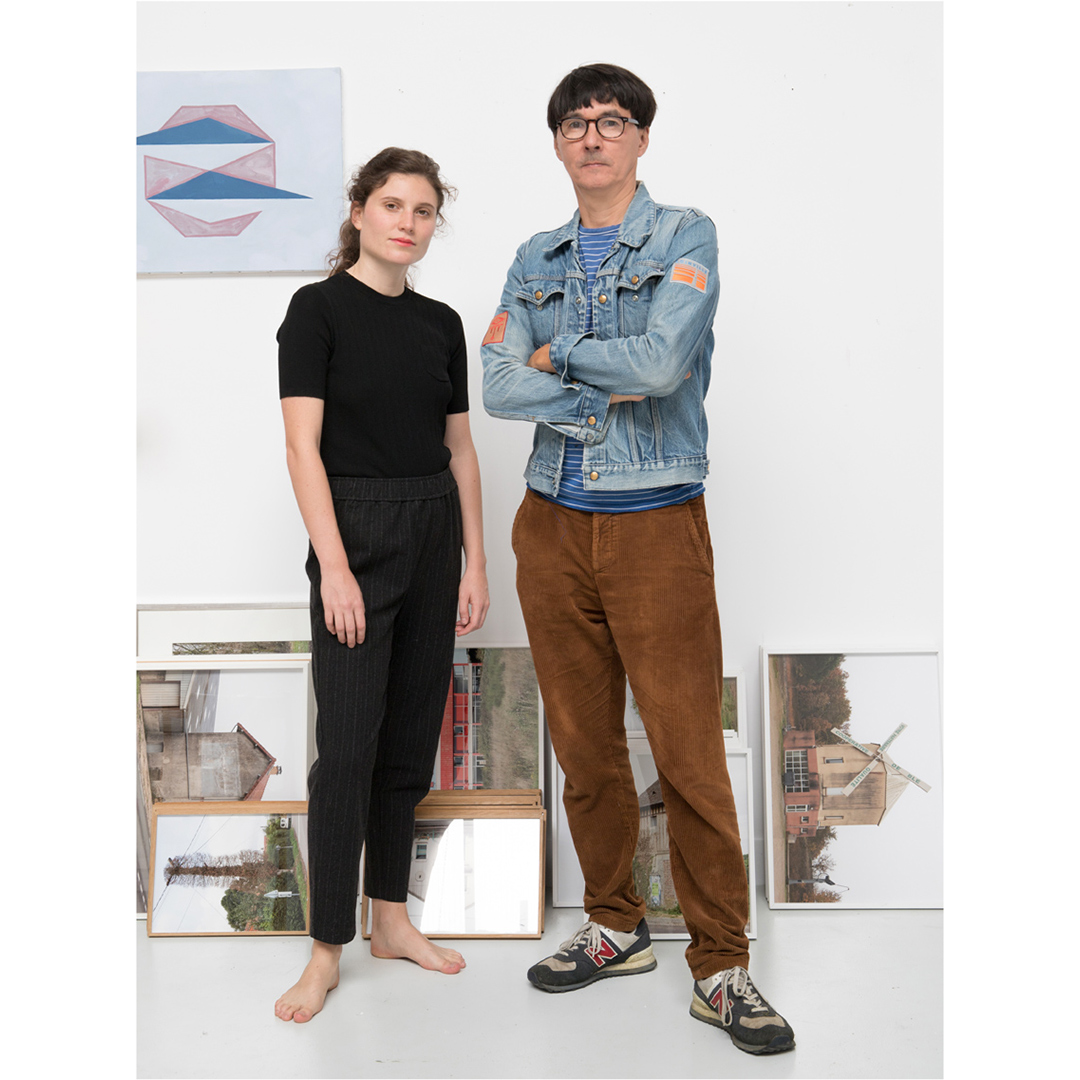What does representation mean to you? How do you choose what to add to the Atlas – guessing you see and shoot way more than what you present?
Eric Tabuchi: The question of representation is infinitely complex. To simplify, let’s start by considering that France was often represented by a limited number of places and subjects, at the expense of a large part of the country. Together with my partner Nelly Monnier, we thought we had to come up with a way to represent more evenly a country the diversity of which we are familiar with from our travels. In this context, representation was therefore not a matter of choosing a place or a subject but rather all the places and all the subjects related to the architecture and the landscape. In this sense our definition of representation is quite concise as it aims to describe, locate and classify the visible elements that make up our environment and to make the archive (easily) accessible.
Consequently, everything that constitutes the landscape is intended to be a part of the Atlas. Whether it is a farm or a garage, a river or a mountain, a castle or a house, a stadium or a nightclub, all of the elements from the moment they are perceived are representative of their category or unique. Nothing is initially excluded from our work, provided that (and this is very limiting) the subject is easily readable, that is to say,isolated as much as possible and that it can be captured in its entirety within the photograph. Considering these criteria, there are very few possibilities left, and it is within that range that we choose a house, a farm or a building over another, according to the very subjective criteria of the appeal it has to our eyes.
You aspire to “lay the foundations for a system of representation for digital archiving applicable to any other country”. Can you give us some insight on the system and the methodology you employ?
Eric Tabuchi: Most of the photographic works have a tendency to segment the territory, to study one place or a precise context. Thus the representation of related countries is often reduced to its most anecdotal aspects. The most photogenic or spectacular places are being privileged.These works are, of course, interesting but it seems more important to us – and this is where we talk about a methodology – to opt for a more global vision. If we had to summarize, the project of the Atlas is structured by two big principles: on the one side to document the entirety of French territories through the production of an equal number of images for each segment (natural regions) and to photograph every element that makes up those territories, without any hierarchy of value. In this l’ARN draws from cartography,which applies the same rules to a whole studied territory. Another point on which we have to insist on is that the Atlas is an independent initiative, without a sponsor. In this sense, it only corresponds to our own expectations. Some of these considerations are applicable to countries other than France and their possible, related territories. I want to point out that the Atlas is not a reflexive project. If we document France, it is because we live there.







